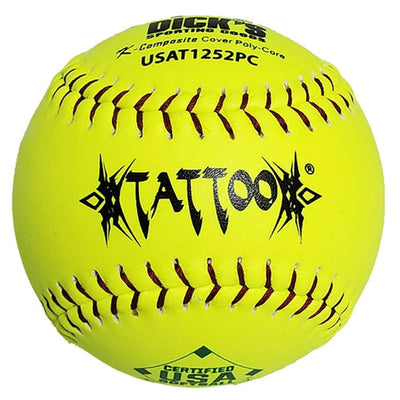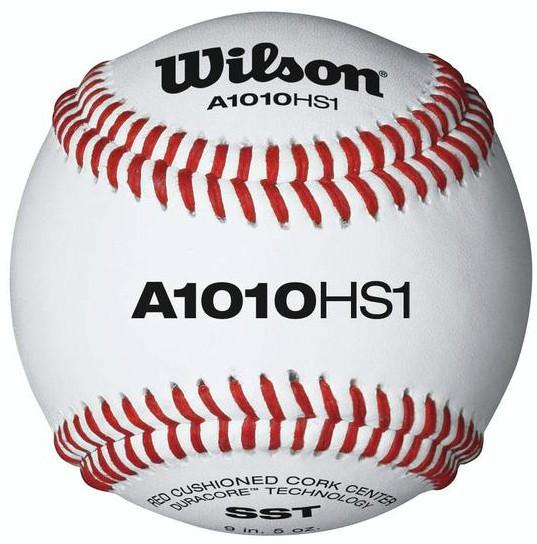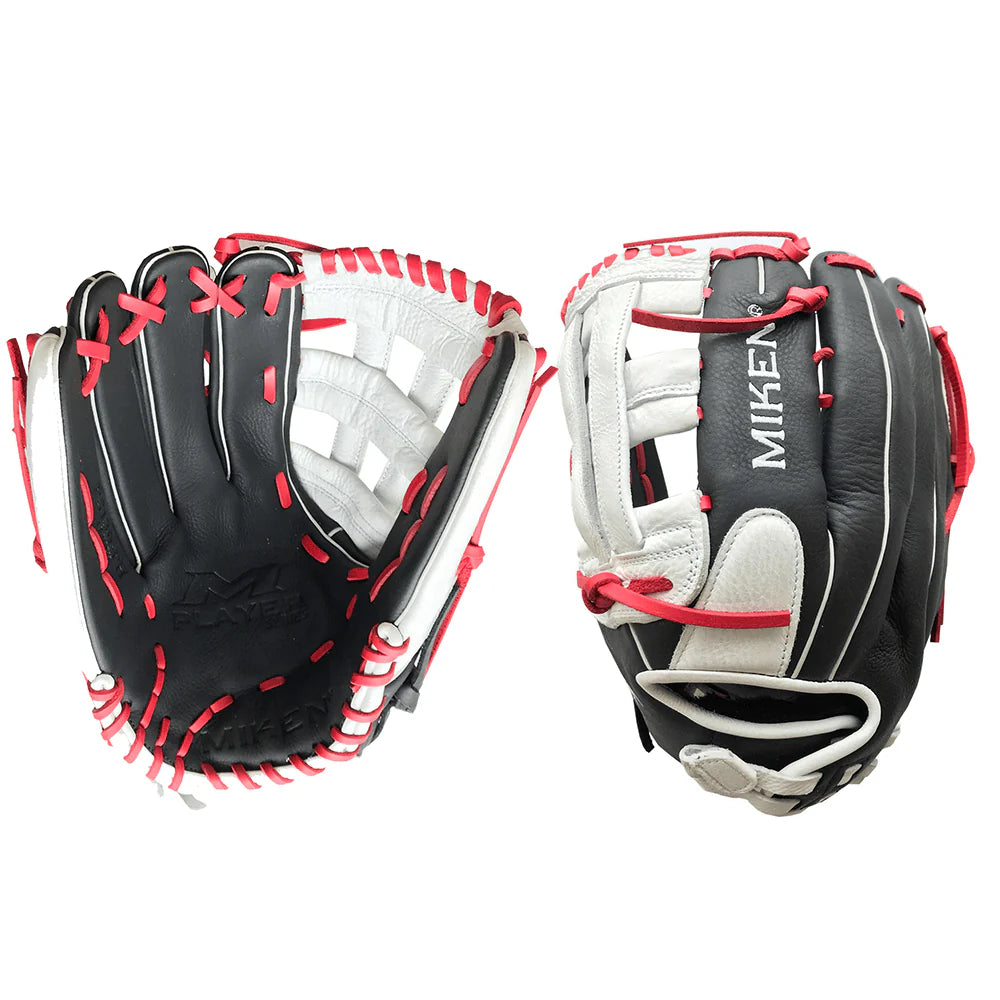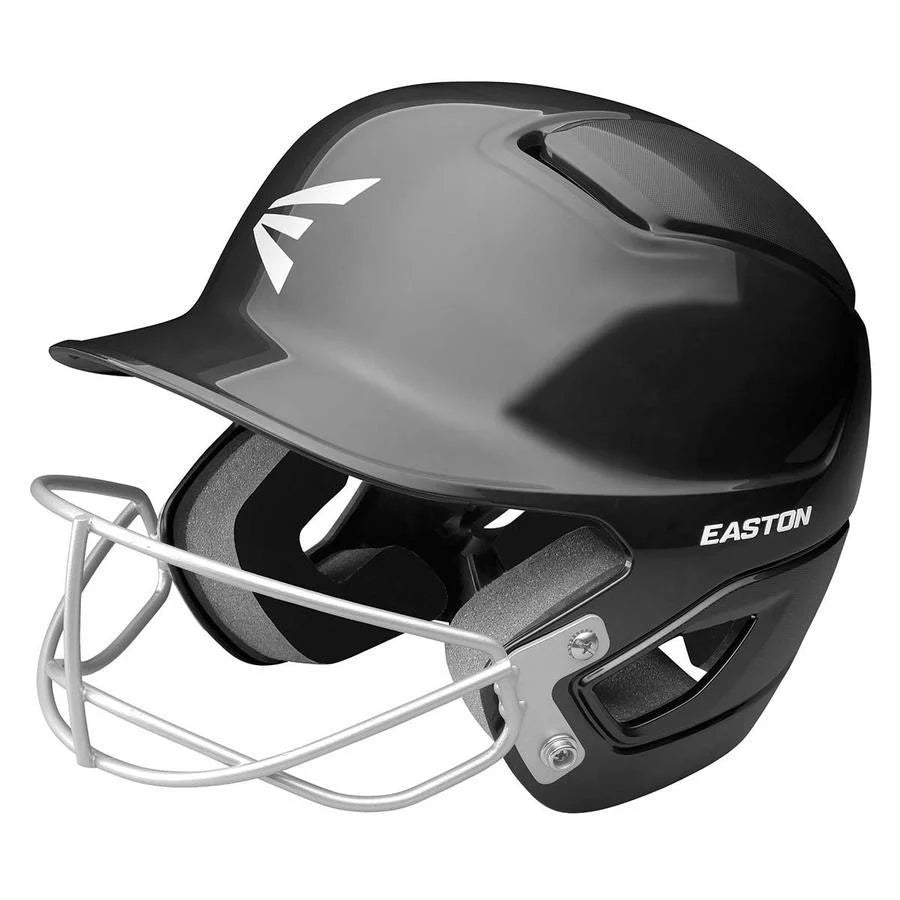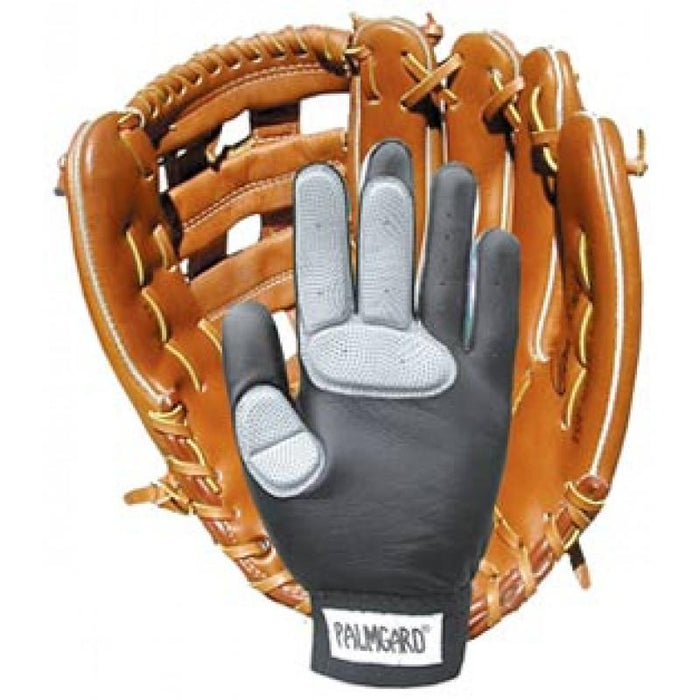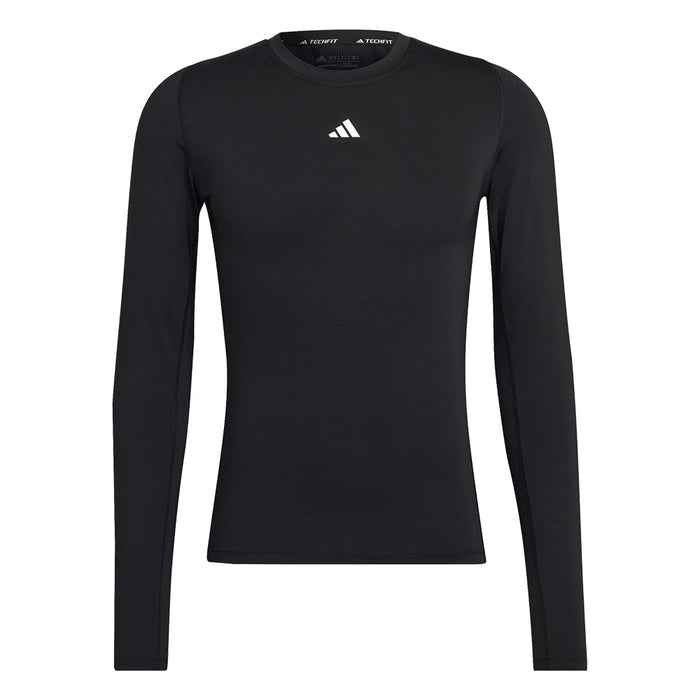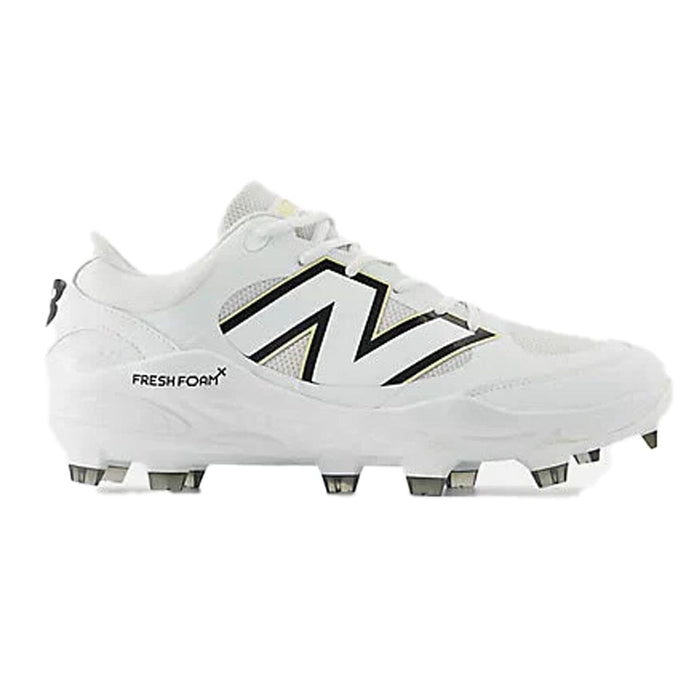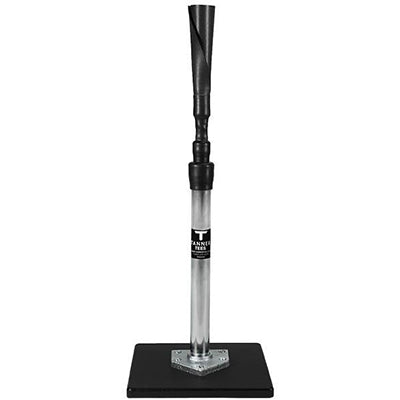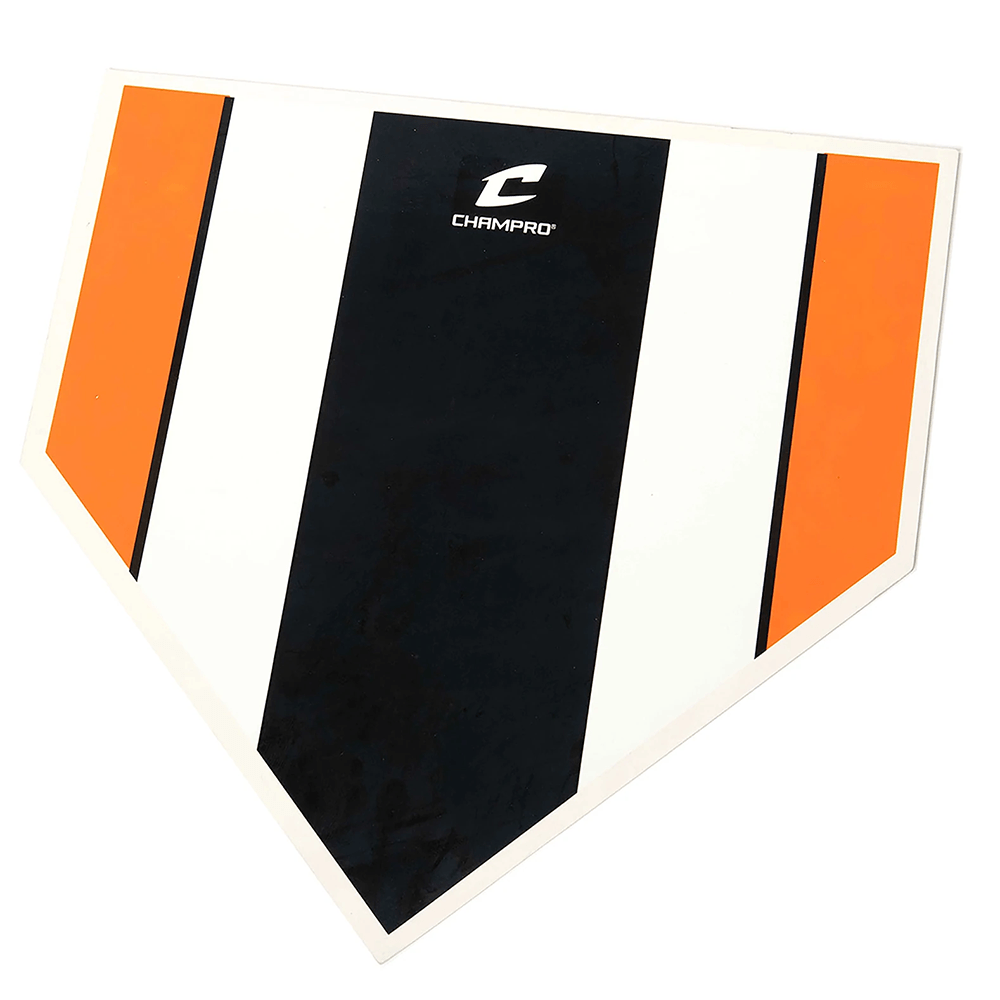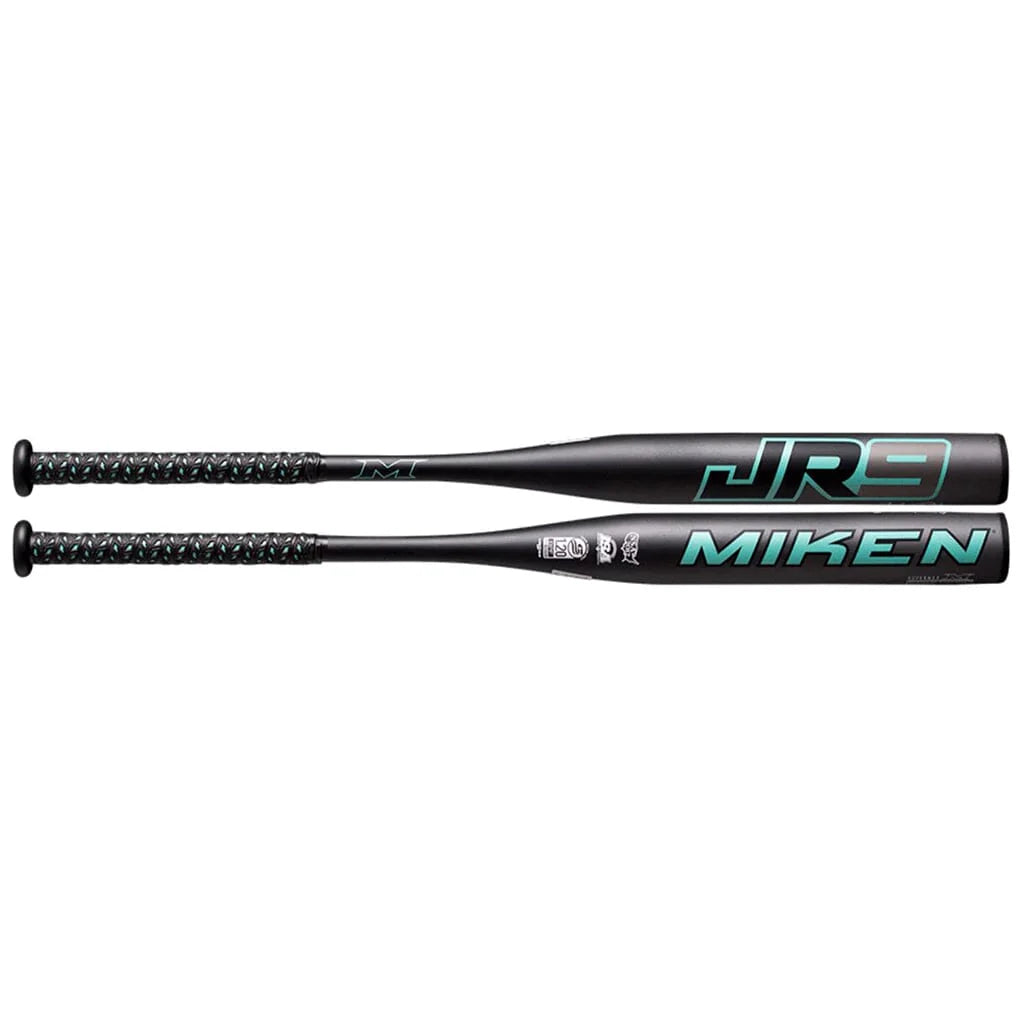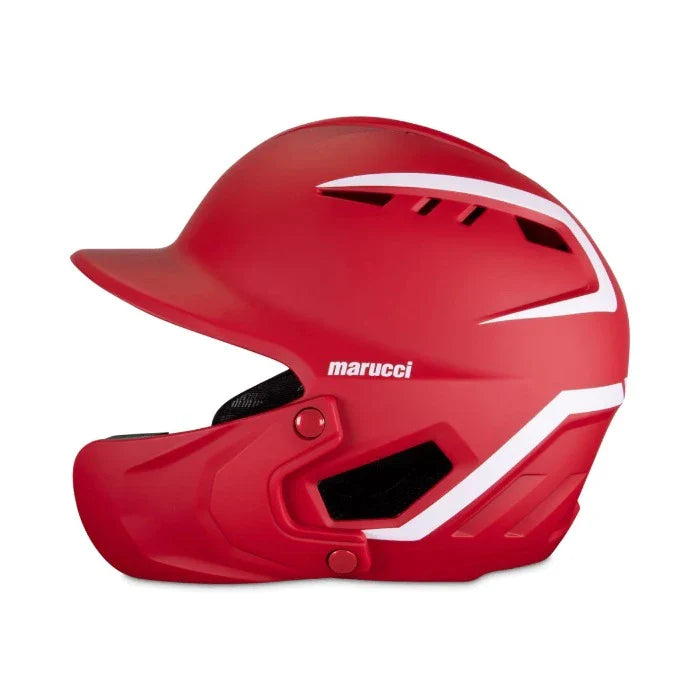Common Hitting Issues to Work on this Off-season
Baseball and softball is a year-long commitment for many players; as the incredibly technical game takes loads of practice and hard work to master. Among the sports’ most technical aspects is hitting – or more specifically – perfecting your swinging motion. Dedicated players know that in order to be successful at the plate, you have to put in thousands upon thousands of cuts throughout the off-season. These cuts must be technically sound or you’ll end up doing more harm than good. Being away from the diamond during the off-season gives you ample time to practice deconstructing your swing and fixing some of your imperfection. To help guide you along, here are some of the more common swing imperfections that you should look out for this off-season.
Dropping your Bat/Bat Drag
- Keeping your bat level throughout your swing is key; if you don’t, you’ll likely develop one or both of the following issues. When a batter drops their bat down low, they’ll often find that they make poor contact. This typically results in pop-ups, – or even worse – they bat will swing right under the ball all together. This issue can be caused by various factors, but it is likely due to the batter failing to keep his or her hands tucked through the zone – meaning they drop their hands as they move further way from their body. Even if your hands remain level through your swing, bat drag can occur if your wrists are too loose and the barrel lags behind in your swing. At best, this simply changes the angle at which you hit the ball, but it usually results in an inability to make contact at all. You should also note that either of these issues can be caused by something as simple as swinging a bat that is too heavy for you.
Stepping in the Bucket
- The phrase “stepping in the bucket” refers to a batter stepping with their front foot turned away from the plate at the start of their swing rather than towards the zone and pitcher. This can cause a plethora of problems for a batter. For example, it may result in hitting further and further to the opposite side of the field until you can no longer put it into play or even an inability to hit strikes in the outside of the zone. For youth players, stepping in the bucket is usually caused by fear of the ball. This can be easily fixed with practice at the plate to gain comfortability. For older players, this issue can come from overcompensating for poor bat speed in order to hit inside pitches. Fixing this involves solving troubles with the inside zone, possibly due to an oversized bat.
Poor Point of Contact
- Poor point of contact occurs when the vertical aspect of your swing is sound, but you are either too far out or mistiming your swing. If you’re too early you’ll likely make contact with the end of your barrel. If you’re too far out you’ll hit the ball with your handle. Both of these will result in poor contact, which is now more important than ever due to new regulations over bat material.
General Tips for Identifying and Improving These and Other Issues:
- Pay Attention to your Contact: While batting, it is usually easy to tell whether things are going well or not. Make note of how your contact feels and which direction the ball is heading. Neither pushing nor pulling the ball is necessarily bad, but both can be indicative of future issues.
- Be Consistent When Practicing Batting in the Off-Season: Hitting is just as much about practice as it is about technique. Make sure you are consistently taking quality cuts with good form since you want to get in the habit of swinging correctly and efficiently. Having someone video you in the cage is a great tool to best analyze your own swing.
- Make Sure You Have the Right Bat: To optimize power, you want to swing the heaviest bat you can; however, having a bat that’s too heavy will slow you down. Slower speed can lead to many of the problems previously mentioned, which is why seeking professional assistance in selecting your bat can make all the difference.


